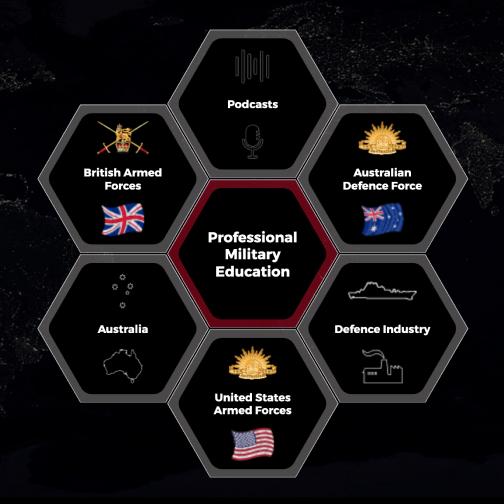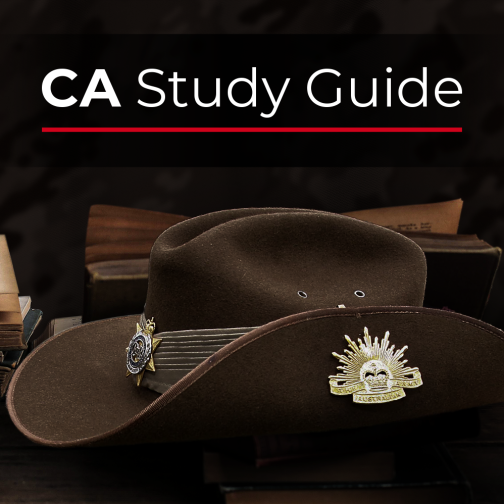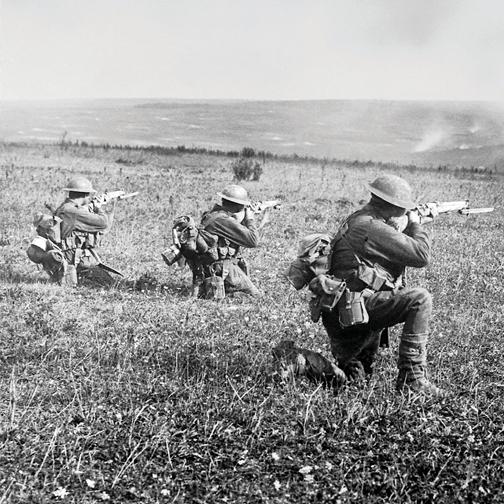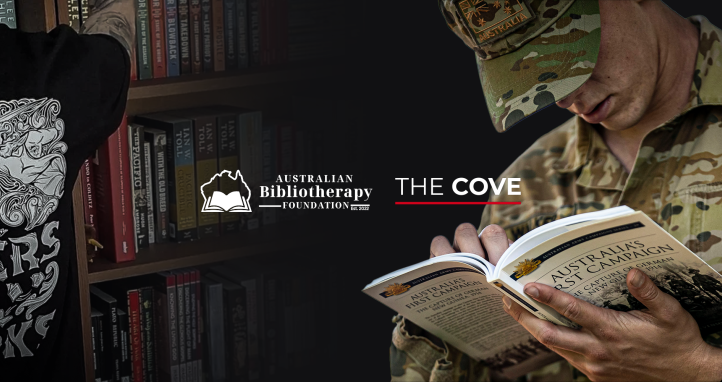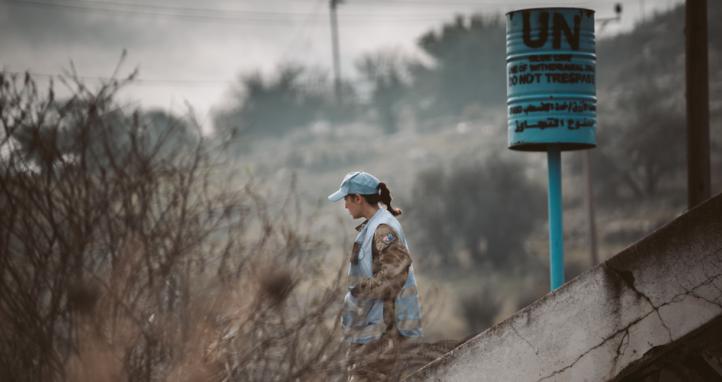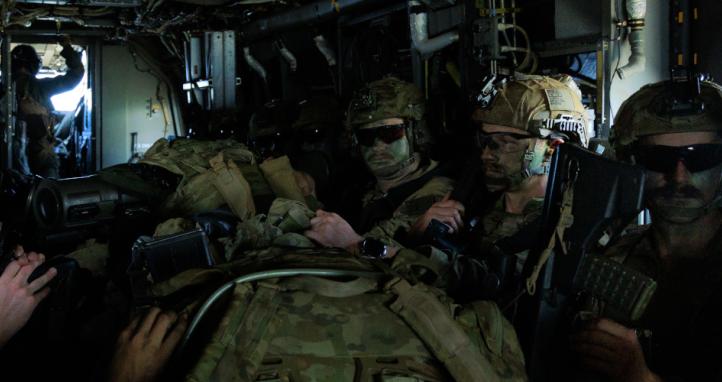Major General Sir Neville Reginald Howse VC, KCB, KCMG, FRCS (1863 - 1930, 66yo)
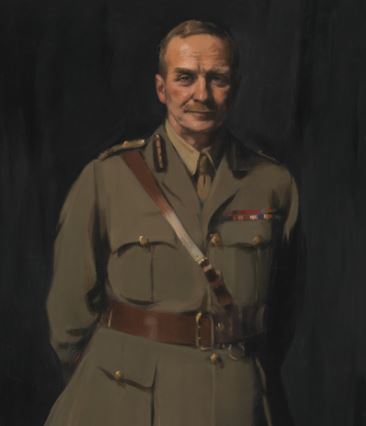 Neville Reginald Howse, later Major General, was born on 26 October 1863 in the English village of Stogursey. After attending Fullard's House School in Taunton, he pursued medical studies at London Hospital and qualified in 1886. Initially working as an anatomy demonstrator at the University of Durham, his poor health prompted a life-altering move to New South Wales.
Neville Reginald Howse, later Major General, was born on 26 October 1863 in the English village of Stogursey. After attending Fullard's House School in Taunton, he pursued medical studies at London Hospital and qualified in 1886. Initially working as an anatomy demonstrator at the University of Durham, his poor health prompted a life-altering move to New South Wales.
In Australia, Howse first established a medical practice in Newcastle in 1889 but soon relocated to Taree, before ultimately settling in Orange. A return trip to England in 1895 allowed him to undertake further surgical training and acquire a medical practice. But it was the outbreak of the Boer War that brought Howse into the national spotlight.
Commissioned as a Lieutenant in the New South Wales Medical Corps in January 1900, he deployed with the 2nd Contingent to South Africa. During an intense engagement near Vredefort on 24 July, Howse carried out a daring rescue under heavy fire, retrieving a wounded soldier and bringing him to safety. For this act, he was awarded the Victoria Cross—the first Australian medical officer to receive the honour. He was later promoted to Captain and, although briefly captured by Boer forces, was released due to his non-combatant status.
After returning to Australia, Howse made a second journey to South Africa in early 1902, just as the conflict came to an end. Back home, he became an influential figure in Orange, serving twice as Mayor and building a respected reputation in both civic and military circles.
When war broke out in 1914, Howse was appointed principal medical officer for the Australian Naval and Military Expeditionary Force heading to German New Guinea. Proactive and pragmatic, he took it upon himself to secure medical equipment and vaccinations suited for tropical conditions. Thanks to his planning, the campaign proceeded without serious illness among the troops.
Not one to remain on the sidelines, Howse returned alone to Australia to join the first convoy of the Australian Imperial Force, where he served as staff officer to Surgeon General Sir William Williams. His combination of frontline courage, medical innovation, and organisational leadership marked the beginning of a wartime career that would define military medicine in Australia.
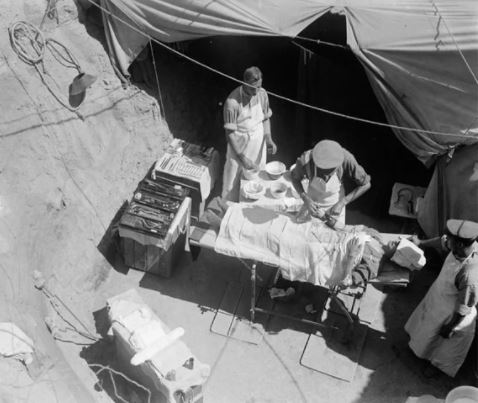 In December 1914, Neville Howse was appointed assistant director of medical services for the 1st Australian Division, holding the rank of Colonel. When the ANZAC troops landed at Gallipoli in April 1915, the situation on the beach quickly became chaotic. With his original medical plans unworkable due to the intensity of the fighting, Howse took direct control of the evacuation of wounded men from the shoreline, often under relentless shellfire.
In December 1914, Neville Howse was appointed assistant director of medical services for the 1st Australian Division, holding the rank of Colonel. When the ANZAC troops landed at Gallipoli in April 1915, the situation on the beach quickly became chaotic. With his original medical plans unworkable due to the intensity of the fighting, Howse took direct control of the evacuation of wounded men from the shoreline, often under relentless shellfire.
He was described by those present as both commanding and compassionate—firm with his orders, even if it meant breaking protocol, and yet profoundly tender in his treatment of the wounded. Brigadier General Brudenell White later recalled, “Shells and bullets he completely disregarded. To the wounded he was gentleness itself.” By 3 a.m. on 26 April, the beach had been cleared, but Howse remained for two more days, personally overseeing the ongoing evacuation.
To Howse, medical care was not a peripheral concern—it was central to operational effectiveness. He championed better sanitation, nutrition, and the rapid return of the injured to their units. After Gallipoli, he tackled issues such as venereal disease and worked to preserve the physical fitness standards of the AIF. At Gallipoli, he founded the Anzac Medical Society, which served as a forum for sharing medical knowledge among frontline officers.
Recognised for his leadership, Howse was appointed a Companion of the Order of the Bath (C.B.) in July 1915. Two months later, he was promoted to Deputy Director of Medical Services for the Australian and New Zealand Army Corps. When the infantry moved to France in 1916, Howse relocated his headquarters to London but maintained authority over medical operations in Egypt and Palestine. He made regular visits to the Western Front and submitted monthly reports to the Director General of Medical Services in Melbourne.
In 1917, Howse provided testimony to the Dardanelles Commission, condemning the British arrangements for the evacuation of the wounded at Gallipoli as "so inadequate that they amounted to criminal negligence."
A pioneer in military medicine, Howse helped introduce dedicated surgical and resuscitation teams to the battlefield. His push to restructure field ambulances into two sections—initially rejected by the War Office—was eventually adopted by the AIF in 1918. He briefly returned to Australia in October of that year to advise the Minister of Defence on medical matters, including the care of disabled veterans.
Howse returned to London in early 1919 to support medical aspects of repatriation. For his service, he was mentioned in dispatches and awarded both the K.C.M.G. and a knighthood in the Order of St John of Jerusalem.
Later in life, he travelled to England for medical treatment but succumbed to cancer on 19 September 1930. He was buried at Kensal Green Cemetery in London, leaving behind a legacy of compassion, reform, and battlefield courage in the face of overwhelming adversity.
Captain George Mawby Ingram VC, MM (1889 - 1961, 72yo)
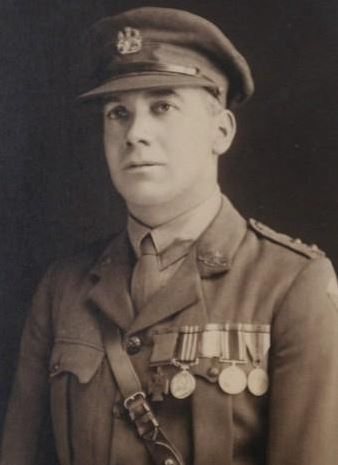
George Ingram, later awarded the final Victoria Cross given to an Australian during the First World War, was born on 18 March 1889 in Bagshot, Victoria. After leaving school, he worked as a carpenter before enlisting in the 3rd Battalion of the Australian Naval and Military Expeditionary Force on 10 December 1914. He served in New Guinea until his discharge in January 1916.
Immediately upon returning, Ingram joined the AIF and was posted to the 16th Reinforcements for the 24th Battalion. He arrived in France in January 1917, and within nine months rose swiftly through the ranks—from Corporal to Company Sergeant Major—thanks to his strong leadership and front-line bravery. At Grevillers, near Bapaume, he was awarded the Military Medal for showing "great courage and initiative" as part of a bombing section. Periods of hospitalisation followed due to illness and injury, but he continued to serve whenever able.
Ingram was commissioned as a Second Lieutenant in June 1918 and promoted to full Lieutenant by late October. His defining moment came on 5 October 1918 during the assault on Montbrehain—the last major infantry action undertaken by Australian forces in the war. As his battalion faced stiff resistance and mounting casualties, Ingram led from the front. Charging a heavily defended enemy position, he captured nine machine guns and killed forty-two German soldiers.
When chaos threatened to unravel the attack, Ingram rallied his men, assumed command, and pressed forward under intense fire. He led further assaults on enemy fortifications, capturing multiple strongpoints and taking sixty-two prisoners. His actions that day were recognised as an extraordinary display of initiative and fearlessness, earning him the Victoria Cross.
After returning to Melbourne in 1919, Ingram was discharged and resumed civilian life. He died on 30 June 1961 at his home in Hastings, Victoria, from coronary vascular disease. He was buried at Frankston Cemetery. Ingram’s legacy endures as a symbol of relentless resolve in the closing days of the Great War.
Last Reviewed 06/2025
